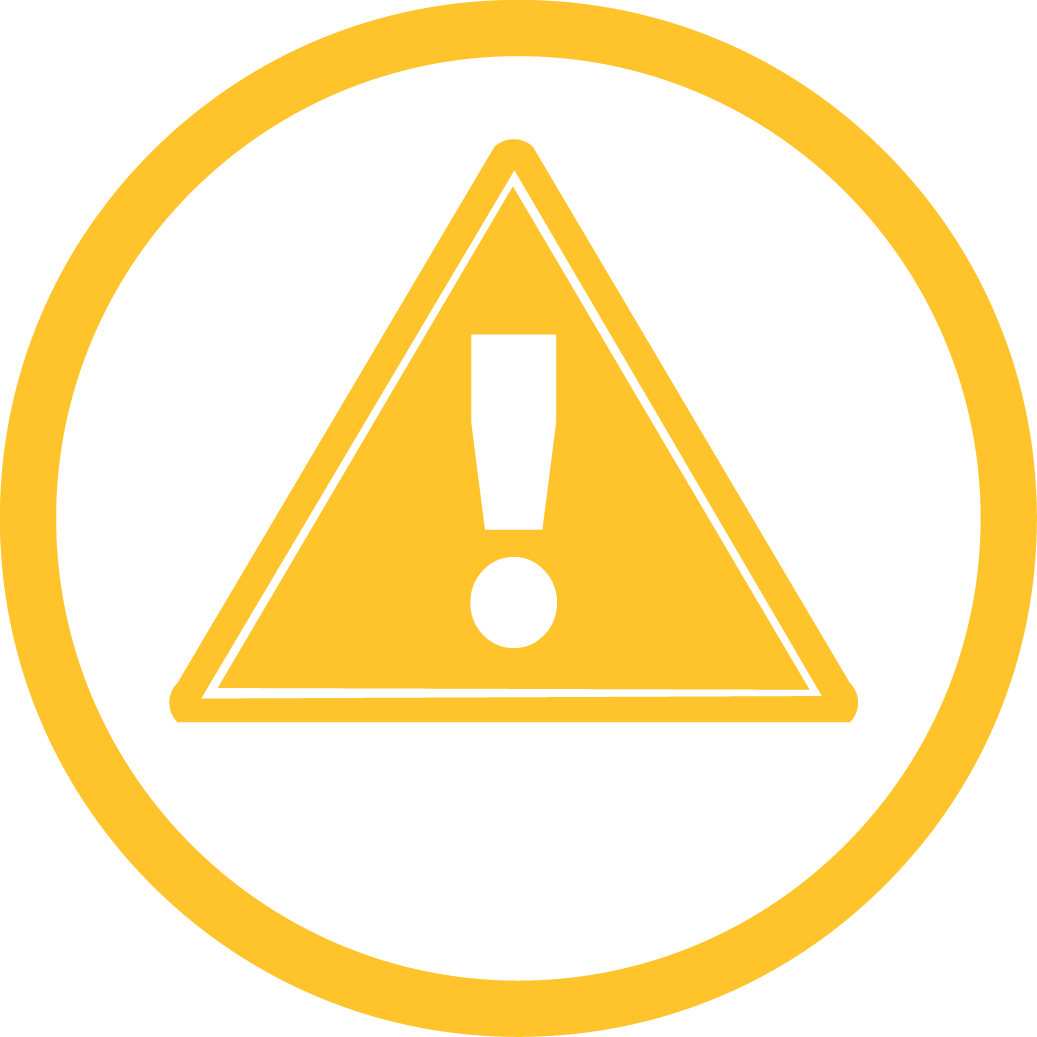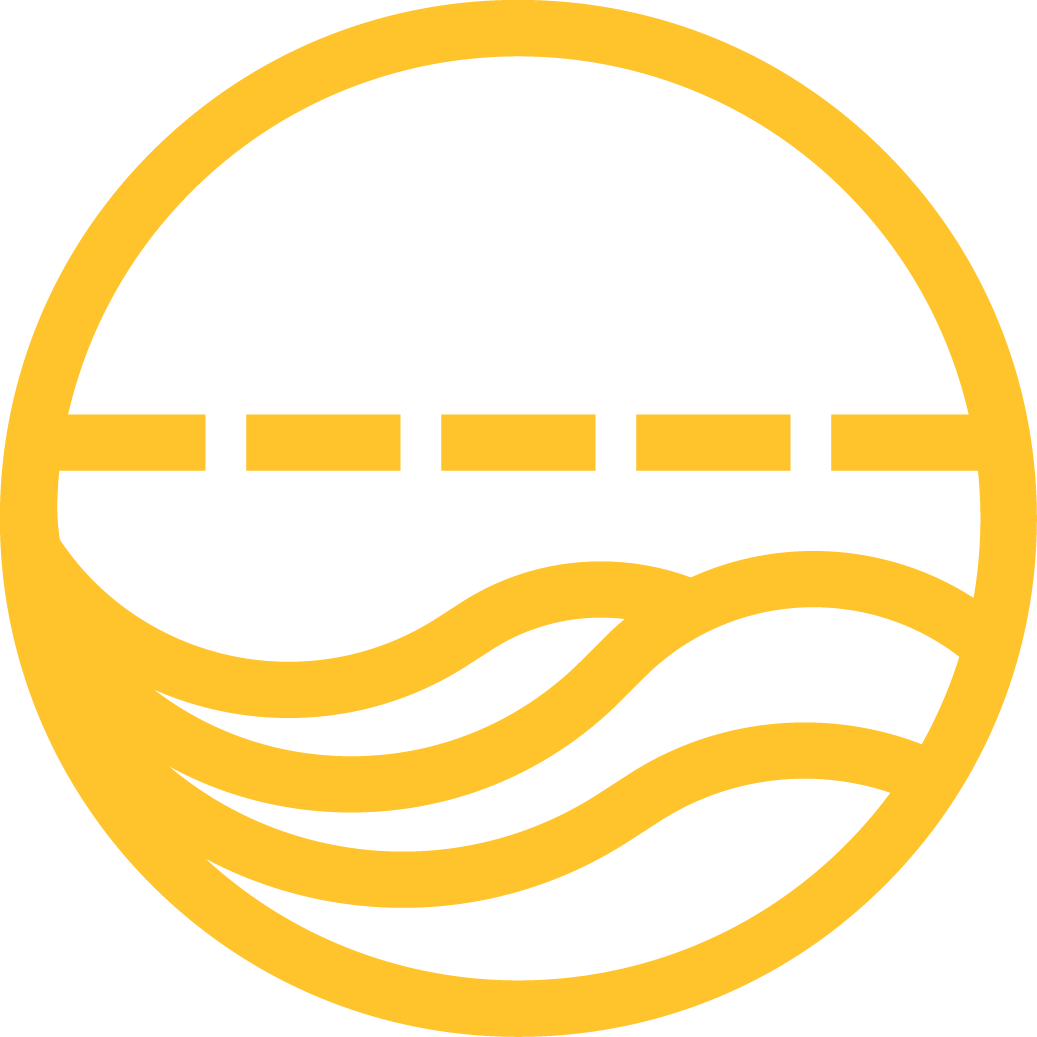Check 'Weather or not' you should be on the water
The weather must be a key consideration before deciding to head out on the water.
Before your trip, get the most up to date forecast available. We recommend that you read the forecast and warning information on the Marine Weather Services page of the Bureau of Meteorology (BOM) website. You should also read the Marine Weather Services pamphlet available on their website.
Weather updates are available anytime across multiple platforms. Choose the one that works best for you.
We’ve implemented the 'Weather or not' safety education campaign to give skippers a better understanding of weather information and support improved decision making.
To check ‘Weather or not’ you should be on the water you need a good understanding of the following five key weather elements.

Warnings
Have any weather warnings been issued for your region? Warnings include winds, storms, and cyclones when it's never safe to be on the water. Current weather warnings can be accessed through the Bureau of Meteorology.

Waves
Is the sea and swell at safe height? Large swell and sea waves can be dangerous causing swamping or capsizing. Waves can appear twice the height several times a day. Is your boat suitable for this occurrence? Check your vessel is suited to the conditions using our special Waves, Seas and Swell check tool. The Deckee app provides a ‘Boating Forecast’, assessing both the conditions and your boating profile to assist with your decision to launch. Remember, if in doubt, don’t go out.

Wind
What’s the wind speed and direction? Wind can impact your comfort and safety, increasing the risk of capsizing. Be realistic in your abilities and the suitability of your vessel in windy conditions.

Water height or tides
Tide levels change throughout the day and can affect launching, retrieval, or crossing sandbars. Tides in the north of the state are very large and understanding the tide times is vital. Getting stranded in the shallows with an outgoing tide is not fun.

Watch
The weather can change quickly. Keeping an active watch of conditions around you is important and allow enough time to return to your departure point should conditions change. Keep your VHF radio on Channel 16 for regular weather updates.
Deckee app
DTMI has partnered with Deckee to deliver real time boating information and weather for WA boaties in an easy to use app. Find out more via the Deckee page.
Sources of weather information
The Bureau of Meteorology
A full range of weather information is available from the Bureau of Meteorology on a wide range of channels.
Online
Marine radio weather service
| Broadcaster | VHF Channels | Broadcast times |
|---|---|---|
|
Volunteer sea search and rescue groups |
16 and 67 and/or 27.88 MHz |
Within normal recreational boating hours |
|
WA Water Police weather and navigation warnings (within 20 nautical miles of Perth metro area) |
16 and 67 |
0718 and 1918 hours WST |
The Bureau of Meteorology also provides a limited VHF weather service for some parts of regional WA. For VHF frequencies and broadcast times for Carnarvon, Esperance, Geraldton and Broome, visit the Bureau of Meteorology VHF Marine Weather Services page.
Recorded telephone services
The Bureau of Meteorology has recorded services via Weathercall for coastal waters forecasts and warnings.
- Full State Service - 1900 955 366
- Northern WA Coastal Waters Service - 1900 969 901
- Perth Metropolitan Service - 1900 926 149
- Perth Local Waters Service - 1900 955 350
- Southern WA Coastal Waters Service - 1900 969 903
- WA Marine Service - 1900 926 150
- Western WA Coastal Waters Service - 1900 969 902
- WA General Warnings Service - 1900 955 371
- WA Tropical Cyclone Information - 1300 659 210
- WA Coastal Marine Warnings - 1300 659 223
Note: Standard call rates apply for 1300 numbers. Calls to 1900 numbers cost 77c/minute including GST. Higher rates may apply when using mobile or payphones.
Public broadcast radio/television
The Bureau of Meteorology sends coastal waters forecasts and warnings to most radio and television networks in the city and country. The stations usually announce the time the Bureau issued the forecast, this is important, as older forecasts are less valuable.
Weather by fax
The Bureau of Meteorology's Weather by Fax service provides forecasts, observations and warnings including weather charts (updated three hourly), satellite photos (updated hourly), weather radar reports, the latest warnings, routine coastal waters forecasts and the latest actual reports.
Set your fax machine in poll receive mode and dial 1902 935 200 for the main directory.
Publications
The Bureau of Meteorology also produces useful pamphlets and booklets including:
- Marine Weather Services.
- Tropical Cyclones.
- Wind, Waves and Weather for Perth Waters.
These are available on the Bureau of Meteorology website.
Understanding forecasts
A forecast gives a general description of the expected weather in the forecast period plus outlook including warnings and other specific information.
MetEye - for marine and boating
Strong wind warnings
Small craft warnings of strong winds are issued whenever mean wind speeds exceeding 25 knots are expected. For any mean wind speed forecast, gusts can be 40 per cent higher, so the very smallest of strong winds will produce gusts of 35 knots.
Severe weather
The northwest of Western Australia is one of the most cyclone prone coasts anywhere in the world. The cyclone season extends from the months of November through to April, but most of the coastal impacts occur between January and March.
No vessel should be at sea within several hundred miles of a cyclone.
Wind strength and direction
You are interested in wind speed and direction mainly because of the waves the wind will build. Wave height depends on:
- Wind speed.
- Length of time the wind blows (duration).
- How far over the water it blows (fetch).
Wind off the land will produce smaller waves inshore because of the limited fetch; they will also be steep and close together, a feature of short fetch. If you operate in the shelter of islands you will also get smaller waves than the forecast, which assumes no shelter.
The weather map, synoptic charts
You normally see the weather map (also called a synoptic chart) on television or in the newspaper. It will usually be older information than you can get from other forecast sources, but it gives a good picture of what is happening and is likely to happen.
Winds
Wind is caused by the movement of air from high pressure to low pressure systems, but it does not flow directly from one to the other. It blows more nearly along the pressure contour lines (called isobars) you find on weather maps.
In the southern hemisphere this is in a clockwise direction around low pressure systems and anti clockwise around highs.
The bigger the difference in pressure of the systems, the stronger the wind. The number of isobars, and their closeness to each other, indicate the pressure differences.
When estimating the progress of the pressure systems, you can reasonably assume that a low will move the width of Australia in two or three days.
Cold fronts
The line with spikes on it is a cold front, commonly associated with winter lows. Ahead of the front you can expect squalls followed by rain. The wind typically changes direction at the front (shown by the bend in the isobars) and strengthens.
Sea breezes
Local winds such as sea breezes blow for only a few hours over waters close to shore, so the waves they cause are lower than the large scale winds. However, if the sea breeze blows from a similar direction to the existing wind, it will join forces and build bigger waves.
Sea breezes are a near shore event caused by the heating of land during the day. Their strength will be partly dependent on the existing (synoptic) wind. On the west coast sea breezes come from the south west, so they will be opposed and weakened by a synoptic north easterly. The further towards south the synoptic wind, the more it will assist and strengthen the sea breeze.
Weather definitions
DTMI has developed the following weather definitions to ensure a consistent approach in the use of terminology and to improve awareness and understanding by the boating community of common terms used throughout the DTMI website.
These definitions are based on the Bureau of Meteorology (BOM) definitions.
Wave height
BOM explanation: Wave heights describe the average height of the highest third of the waves. It is measured by the height difference between the wave crest and the preceding wave trough.
Seas (also called sea waves, wind waves)
BOM explanation: Waves generated by the local prevailing wind. Their height depends on the length of time the wind has been blowing, the fetch (the distance the wind has blown over the water), and the water depth.
Maritime explanation: sea waves are generated by the wind currently blowing (the wind you can feel) and are usually short and choppy. They have shorter wavelengths and periods than swell waves and are generally steeper.
Swell
BOM explanation: The regular, longer period waves generated by distant weather systems.
Maritime explanation: Waves generated from distant storms. They may travel over thousands of kilometres. Swell waves are long and smooth and are generally characterised by a wave period greater than 8 seconds. The wave period is the time between consecutive wave crests. Unless there is cyclone activity in the North, the same swell patterns are observed to varying heights and at different times along the coast.
Reference and explanation of the information is available on the Wave data (real time) page.
Deckee definition: The ‘Swell’ measurement on Deckee is not the combined height of the sea and the swell that mariners experience on open water, but ONLY the swell.
Total wave height (also called combined sea and swell, significant wave height, sea state, total wave)
BOM explanation: The combined height of the sea and the swell that mariners experience on open water.
Maritime explanation: The wave climate at any location can be, and usually is, a combination of sea and swell and is referred to as the total wave.
Significant wave height
BOM explanation: Is the statistical basis for all wave heights presented in text forecasts and map displays. The average height of the highest one-third of the waves experienced over time.
Maritime explanation: The average of the highest one-third (33%) of the waves (measured from trough to crest) that occur in a given period. The significant wave height is the average of the highest waves; however, many individual waves will probably be much higher.
Maximum waves (also known locally as king, freak, or rogue waves)
BOM explanation: Statistically it is estimated that about one in every 2000 to 3000 waves (three to four times a day) will be approximately twice the height of the total wave height.
Maritime explanation: Maximum wave height (Hmax) can be up to twice the size of the Significant wave height (Hs).
Wave period and swell period
BOM explanation: The average time between crests (or troughs) of waves. The larger the time difference, the greater the amount of energy associated with the waves or swells
Wind
BOM explanation: Wind speed over the water is given in knots. When wind is mentioned in forecasts it refers to the average wind over a 10-minute period at a height of 10 m.
Gusts are increases in wind speed lasting for just a few seconds. They typically range 30-40% greater than the average wind speed.
Squalls are a sudden large increase in wind speed (usually accompanied by a change in wind direction) that lasts several minutes and then suddenly dies